Antlia 3nm Narrowband H-Alpha (Ha) Pro Filters (H-ALPHA-3NM-PRO)












Antlia 3nm Narrowband H-Alpha (Ha) Pro Filters (H-ALPHA-3NM-PRO)
Filter Size - 1.25" Mounted (H-ALPHA-3NM-PRO-125)
Why Purchase from All-Star Telescope?
Free Expert Support
Whether you are a first timer needing help with setting up or an enthusiast that can't quite make that one thing work, our expert staff are ready to support your needs. With decades of knowledge and first hand experience we've been there and we can help you through it!
Stress Free, Secure Transactions
You can trust purchasing and delivery with All-Star Telescope. All of our transactions are 100% secure and Level 1 PCI DSS compliant thanks to Shopify's ShopPay platform. For additional protection, we insure 100% of the value of every shipment we make. If it get's lost during shipment, we replace it. If it gets damaged during shipment, we replace it. We make sure your product arrives exactly as you would expect it to; we promise.
We also ensure privacy protection. We never keep any of your credit card information on file and any of your personal data is stored according to our policies.
30 Day Return Policy
Buy with confidence knowing that we accept returns up to 30 days after purchase. We want you to have something you will actually use and we are confident that we keep good quality products in our store with No Junk.
Price Match Promise
Shipping around for the best price is tough, we make it easier by offering the best pricing in the market. But if you find a better price on an in-store item somewhere else we will match it!
Product Description
Antlia H-alpha Pro narrowband filter optimizes the FWHM (full width half maximum) to 3nm bandpass. As the bandwidth becomes narrower, the 3nm Pro narrowband filters enhance contrast of emission targets by lowering the unwanted background signal. Antlia H-alpha 3nm Pro filters are designed to deliver 88% transmission at the 656.3nm line which provides you with the maximum signal and well defined nebulae structures.
Conventional broader narrowband filters cause a heavy loss in transmission due to the strong Center Wavelength (CWL)-shift. We guarantee T>88% within 1nm range of the center bandwidth, which means that the 3nm Pro narrowband filter can guarantee high transmittance for working with both long focal ratios and fast optical systems. Blue-shift data shows that Antlia 3nm Pro filters can be used with nearly all systems as fast as f/3 with minimal loss in emission signal and meets the requirements of fast optics like Hyperstar and RASA.
The out of band blocking specification is rated OD5 (0.001%) which delivers an excellent SNR(signal to noise ratio) and effective cut-off rate to minimize interference from other wavelengths. Improved sharp cut-off astrophotography 3nm Pro filters are designed to minimize halos around bright stars.
Specifications
- Basic Substrate: Schott optical substrate
- Filter Thickness:
- 2mm +/- 0.05mm for 1.25", 2" mounted, 31mm and 36mm unmounted
- 3mm +/- 0.05mm for 50mm and 50x50mm unmounted
- FWHM (Full width at half maximum): 3nm
- CWL (Central Wavelength): 656.3nmnm
- Peak Transmission: >88%
- Blocking: > 5 OD(0.001% out of band blocking) @ 300-1000nm
- Surface Quality: S/D (scratch/dig)= 60/40 (Refer to MIL-O-13830)
- Transmitted Wavefront: Lambda/4 or better.
- Parallelism: less than 30 arcsec
- Single / Non-glued substrate
- Warranty: 3-years against delamination
Additional Articles, Videos, and Links
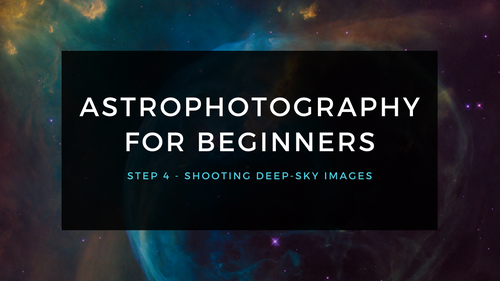
Astrophotography for Beginners Step 4: Shooting Deep-Sky Images
Taking deep sky pictures can be daunting, luckily there is an easy process to follow to allow you to get great shots! Here is the typical process for actually taking deep-sky images in the field.
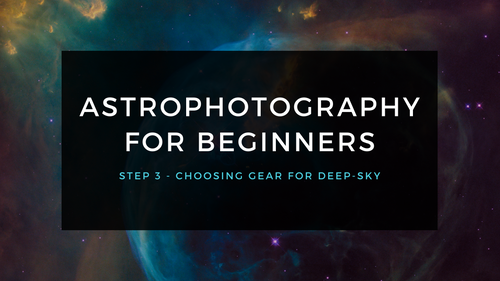
Astrophotography for Beginners Step 3: Choosing Gear for Deep-Sky Imaging
Using a star tracker gains you experience with the fundamentals of deep-sky imaging. Shooting the Moon gains you experience focusing and framing through your telescope. Through your sessions you’ll...
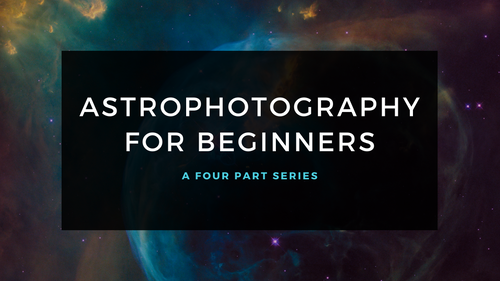
Astrophotography for Beginners - Start Here: Getting into Astrophotography Step by Step
Shooting the night sky has never been more popular, nor easier. The choice of equipment has also never been better, or more affordable. However, as per the advice given by Dickinson and Dyer in the...
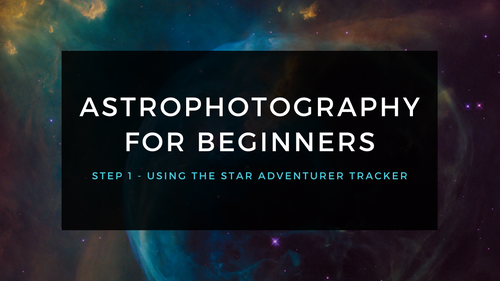
Astrophotography for Beginners Step 1: Using the Star Adventurer Tracker
By far the most economical and easiest way to capture beautiful images of the Milky Way and large deep-sky objects like the Andromeda Galaxy (shown here) is to use a star tracker. Here are steps an...
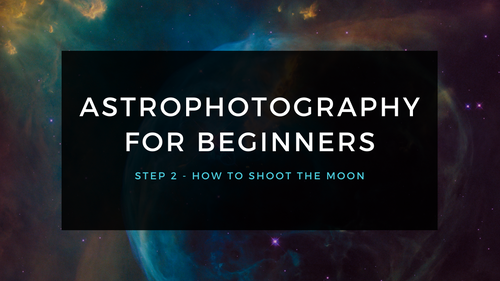
Astrophotography for Beginners Step 2: How to Shoot the Moon
Close-ups of the Moon are rewarding, and an easy way to learn to shoot through your telescope. While good results are possible with a phone camera clamped to an eyepiece (as shown below), this tuto...

